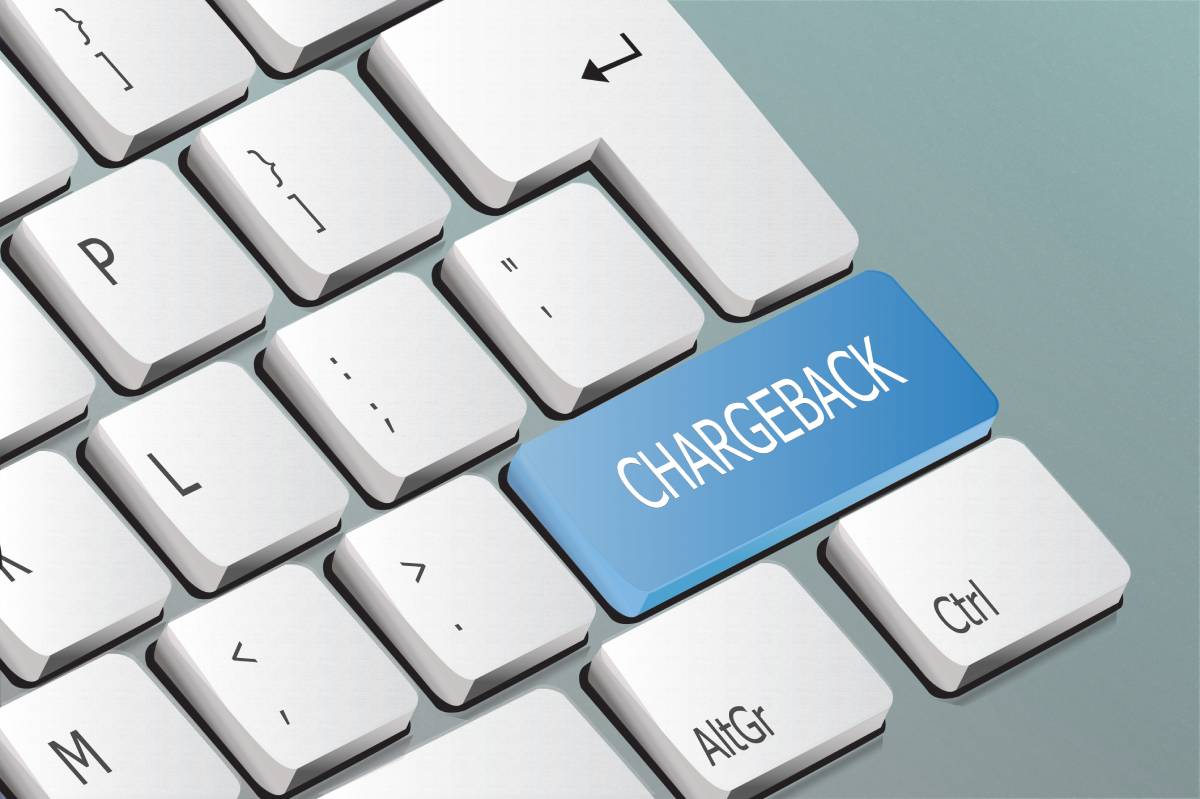Chargeback claims are increasing at record levels and are expected to rise an astonishing 41% every two years. This poses a significant challenge to merchants who may lose revenues by reversing charges and by issuing banks who have to deal with these complaints.
The difficulties could also be passed onto consumers, who may have to ensure their chargeback claim doesn’t get lost in the massive number of refund requests, complaints and disputes. Fund recovery services can help make your chargeback request successful and the right financial company can help you prepare your claim.
Chargebax has the expertise and the right strategies to make your chargeback, wire recall, or crypto recovery case successful. We consult with clients and develop strategies to bolster your claim and help you recover your funds.
What Are Chargebacks?
Chargebacks are a reversal of charges onto a credit card. It is like a refund, but instead of involving an additional transaction, it is canceling and reversing the original charge.
The chargeback process begins with a complaint filed by a customer and an issuing bank will decide whether to pursue the complaint or not. If the bank decides the claim can go forward, the customer presents their case. The merchant’s bank has time to respond, usually 20 days, and the issuing bank will then decide between the merchant and the customer.
Why Are There So Many Chargebacks?
The number of chargebacks has increased steadily over the past few years, but the numbers jumped dramatically since the COVID-19 pandemic. The following are factors that contribute to this trend:
- More online purchases
- Supply Chain Problems
- Delivery Delays
- Friendly Fraud
- Greater Consumer Leverage
One of the reasons for the rise in chargebacks is that there are more online purchases than ever before. Since 2019, more people have been shopping online, from buying groceries to shoes and appliances. The more transactions occur online, the more likely things can go wrong with transactions and that errors or unauthorized charges, as well as disputes, can crop up. In addition, the increase in shoppers means that plenty of unscrupulous parties will try to steal data or commit fraud.
Another factor that increases chargebacks is the interruption in the supply chain. This issue is affecting consumers and merchants worldwide as many companies can’t get supplies in a sufficient number to fulfill orders. As a result, customers are seeing delays in receiving their packages and mistakes in orders which leads to an increase in complaints and chargeback requests.
Not only are there not enough items to deliver to customers, but labor shortages have led directly to delivery delays. Customers often do not tolerate problems with delivery. They will go elsewhere if they see their packages will not arrive on time, customers likely will order from another company.
Therefore, they are not happy if there is a delay and will often ask for a chargeback claiming that they received an item too late to be useful to them.
Not all of the chargeback claims are made in good faith. In some cases, customers are intentionally trying to defraud the banks and the merchants. They may practice what is called friendly fraud or chargeback fraud which is like digital shoplifting. They will order an item, and even if it is satisfactory and arrives in time, they will falsely allege that there was a problem with it and try to get their money back.
Chargeback fraud is a major challenge for merchants. When companies were surveyed, 8 out of 10 business owners said they had seen an increase in chargebacks in recent years, and they stated chargeback fraud was a major problem they faced. These claims eat into the bottom line and threaten their credibility.
Chargeback fraud is a problem not just for merchants but also for customers. If banks are more wary about chargeback claims because they are suspicious about chargeback fraud, they may be more likely to throw out claims.
This means that customers may find that issuing banks are not as receptive to their chargeback claims as they have been in the past. They may also be more cautious about ruling in favor of customers to avoid threatening their relationship with merchants.
Another reason for the increase in chargeback claims is that customers feel more empowered than they have in the past and sense that they have leverage. If a customer is dissatisfied with a company based on even one purchase, they can threaten to write bad reviews or post about the situation, from their own point of view, on their social media page. These threats can sway merchants and convince them to grant refunds when they ordinarily would contest the complaints.
However, as the number of chargeback complaints increases, merchants may reverse this strategy and be less likely to appease the customer, because the multiplicity of refunds will become too costly to maintain.
How the Tide of Chargebacks May Change
Given the huge number of chargebacks, the tide may turn and issuing banks are becoming more selective about which claims they will recognize. Customers may see their complaints thrown out not only if they are filed under the wrong heading, but if they aren’t considered compelling by the issuing bank.
Merchants may have more leverage with the banks because the banks do not want to lose their working relationship with certain merchants who might penalize them for granting too many chargebacks. Therefore, to succeed with a chargeback claim, customers should use fund recovery services to be on their side and advocate for them when negotiating with banks.
How You Can Succeed with a Chargeback Claim
Chargebax experts deal with numerous fund recovery cases and have helped our clients retrieve funds from crypto scams, forex scams, and disputes. We create intelligence reports, negotiate with banks and provide a plan of action that will help you get your funds back.

